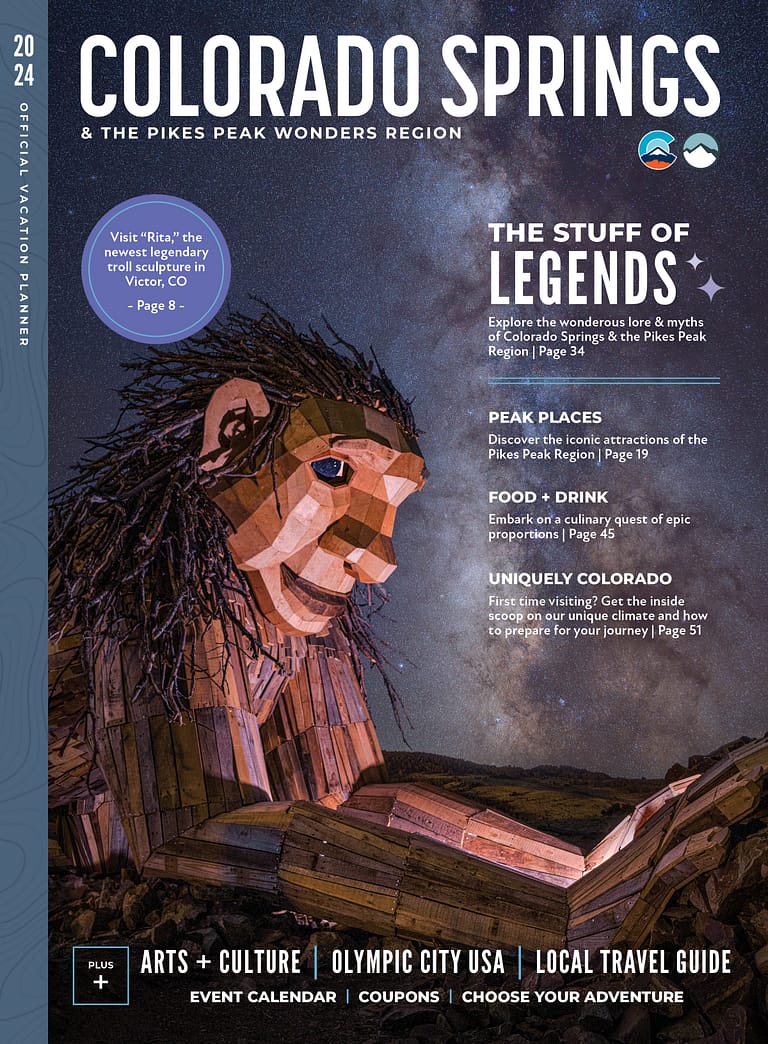How to Dress for Winter in Colorado
Dress in Layers. Always.
The purpose of dressing in layers is pretty simple. You can add-on or remove articles of clothing depending upon the temp. No matter how cold it is outside, we suggest your bottom layer be a light t-shirt, or, at the very least, a long-sleeved tech fabric shirt. This is especially important if you’re exercising or doing any sort of manual labor. It’s actually possible to overheat when it’s cold outside.
As you get too warm, you can strip the warmer clothes off and tie them around your waist or put them in a backpack. If it’s warm when you set out on your daily activities, bring layers with you. If you’re hiking, for example, pack a coat, hat and gloves, even if it’s warm. You really never know what the weather could do in the hours you’re out and it’s better to be prepared.
Writers Tip: Pick Your Layers Carefully
I once made the horrible mistake of wearing my husband’s Army waffle shirt and “silkies” (think high-tech long underwear) as my base layers during a very cold half-marathon. Sounds smart, right? Wrong. So, so wrong. They were too good at their job and I was desperately overheating with no recourse. What’s my point? Think about your layers and your tasks for the day as you get dressed. Zipping in and out of stores? You can probably skip the long Johns. Climbing a 14er? You’re gonna need more than a hoodie and a pair of Converse sneakers. In both cases? Layers!
Buy Quality Socks, Gloves and Hats
Let’s talk about toes fingers and ears, because those are pretty at-risk appendages when the weather turns cold. Those dollar-bin knit gloves and hats and plain white cotton socks are not going to cut it when you’re at the top of Pikes Peak Mountain and it’s -11 and the wind is howling. Frostbite is no joke!
- Socks: Bring on the wool! Your socks don’t have to be hulking masses of bulk if you pick a good material, and 10 out of 10 sheep (plus professional outdoorsy folks) agree that wool is the best way to keep feet warm and dry. Merino wool, in particular. There are some synthetic socks with positive reviews, too, but most of the winter gear bloggers tout wool as the be-all, end-all of sock material. Read reviews and don’t cheap out. You can’t buy more toes if you make a mistake!
- Gloves: Pick gloves that repel water, insulate your hands (trap warmth) and allow for range of motion. The last is important because if you have to take keep taking the gloves off to do stuff, you’re defeating the purpose of trying to keep your hands warm every time you expose them to the cold air. If you choose mittens, you should layer a pair of lighter, fingered gloves inside them to account for activities that require dexterity (tightening bindings, climbing rocks, etc.).
- Hats: The cheap beanie from the big box store may work well on a walk, but you’ll definitely want to be smart if you’re going to be hiking, running, biking or skiing in winter temps. Pick a hat that will block the wind and keep your ears warm. Look for good fabrics and tight weaves that prevent cold air from getting through. If you’re a winter runner or you hate heat build-up during any form of winter exercise, you can go with a heavy headband instead, to allow some of the heat to escape the top of your head when you get cranking. Everyone should also consider balaclavas that protect their faces, but allow good airflow. There are some pretty awesome ones that actually trap moisture away from your face, too.
Writers Tip: Load Your Car with Gear
In the lecture on the way home from the aforementioned coat incident, my dad made it crystal clear how silly (he didn’t say silly) it was for me to leave a vital piece of winter clothing at home. He was right. It’s tempting to rely on your car’s climate control to do all the work of keeping you warm. However, it only takes one iced-over hill and uncharged phone to leave you hiking up said hill in a blizzard with no coat to find help. At the bare minimum, keep a hat, coat and gloves in the car. Even better, add boots, bottled water, first aid, non-perishable snacks, a blanket, flares and a phone charger.
As you can see, the overarching theme here is to be prepared for anything. Sure, it’s probably not fair that natives have to support a duel wardrobe year-round and visitors have to pack triple the clothing for trips here, but that’s the price you pay to be in a state that’s so awesome. Stay warm, folks!





